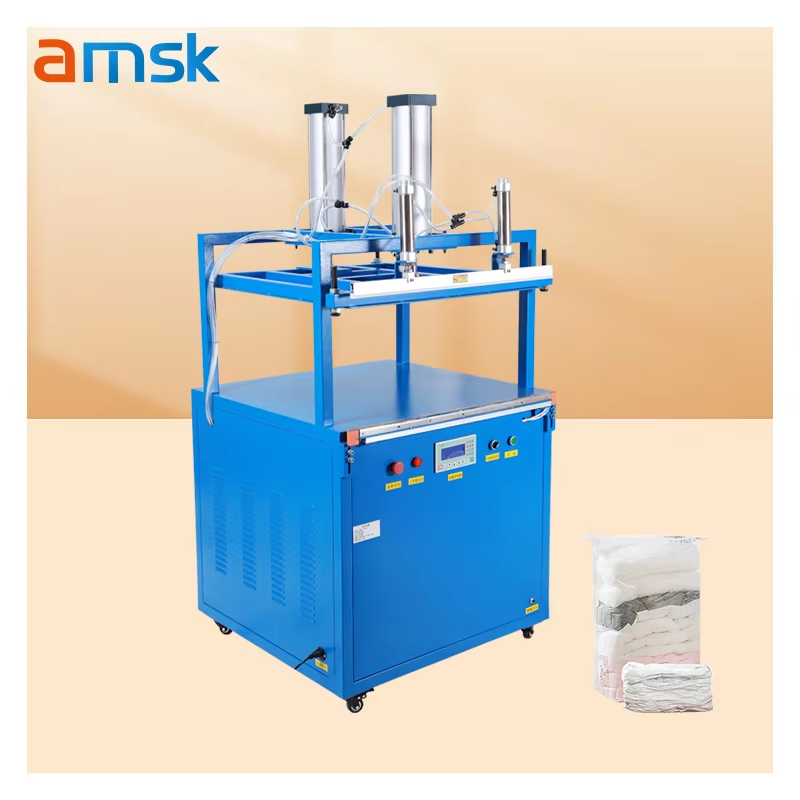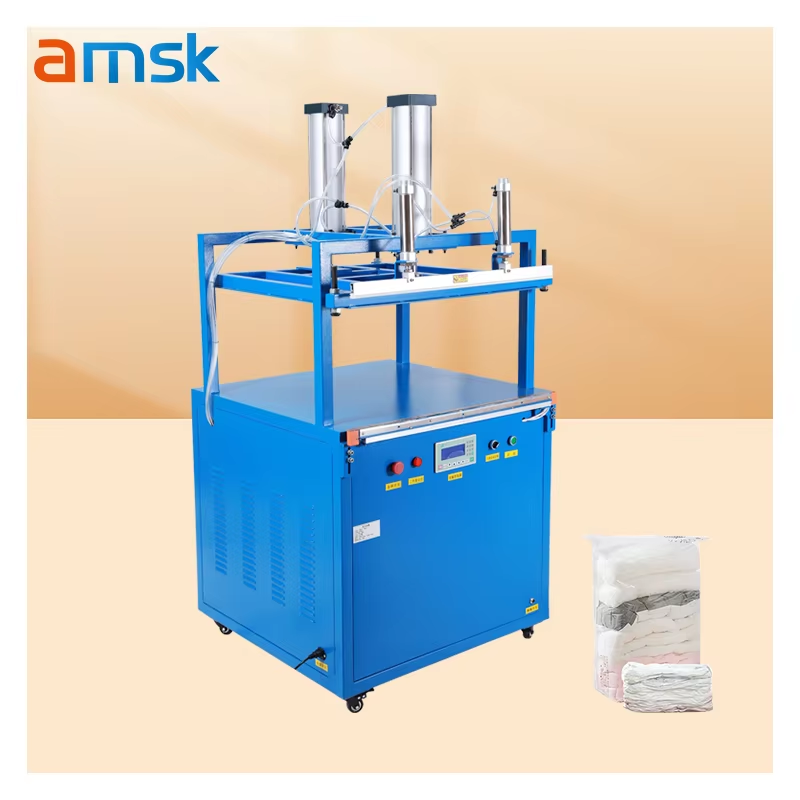The integrity of a product’s packaging is a critical final step in the manufacturing and distribution process. For countless items packaged in plastic bags, pouches, or films, achieving a secure, airtight, and tamper-resistant closure is non-negotiable. This is where the specialized functionality of a Plastic Heat Sealer becomes indispensable. Unlike adhesives or clips, heat sealing melts thermoplastic layers together, creating a homogeneous bond often as strong as the original material itself. This method is essential for preventing leakage, preserving freshness, and protecting contents from external contaminants.
At Aimesk Intelligent Equipment, our development of Plastic Heat Sealer technology is rooted in addressing the practical needs of modern industries. Consider the agricultural sector, where seeds, fertilizers, or small tools require packaging that can withstand handling and storage. A durable heat-sealed bag ensures the product remains dry and intact. Similarly, in the hardware industry, packaging numerous small items like screws, nails, or fittings demands a sealing method that is both efficient and reliable—creating a professional-looking package that keeps components securely contained.
The household paper and cultural products industries present another key application. Sealing packs of napkins, paper plates, or stationery in plastic film not only bundles them neatly but also provides a hygienic barrier. Our Plastic Heat Sealers can be calibrated to deliver a clean seal on these often light-sensitive materials without causing damage or unsightly wrinkles. For businesses in cosmetics or detergent sampling, creating small, sealed pouches for liquid or powder samples requires precise temperature control to prevent seal failure or product degradation—a challenge our equipment is engineered to overcome.
A significant operational advantage of a well-chosen Plastic Heat Sealer is its impact on efficiency and waste reduction. Inconsistent seals lead to product spoilage, returns, and material waste. Our machines prioritize consistent heat application and reliable cooling phases. Features like adjustable timers and thermostats allow fine-tuning for different material thicknesses, ensuring the first seal is perfect every time. This reliability streamlines packaging lines, minimizes operator intervention for rework, and directly contributes to a more sustainable operation by reducing plastic film waste from failed sealing attempts.
Beyond our standard models—renowned for their operational reliability and excellent value—Aimesk recognizes that some applications have unique demands. You may require a specific sealing bar length for oversized bags, a specialized jaw profile for certain film types, or integration with a conveyor system for semi-automated operation. Our professional engineering team possesses the expertise to discuss and develop tailored solutions. We invite you to contact us with details about your specific products, packaging materials, and desired output. We will provide expert guidance on the most suitable Plastic Heat Sealer configuration and a detailed quotation, helping you achieve a smarter, more robust packaging seal.


